Image To React Native-image-to-code tool for React Native
Turn design images into React Native code with AI.
Convert this login screen to React Native.
Can you turn this UI design into React code?
I have an app interface image. Make it React Native.
Create React Native code from this mobile app UI.
Related Tools
Load More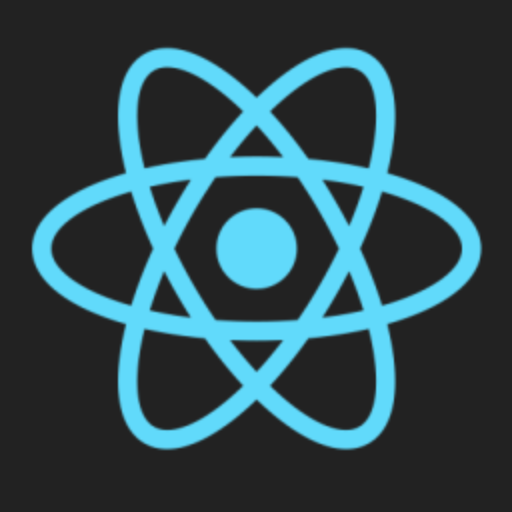
React Expert
Expert React JS developer offering in-depth advice and solutions
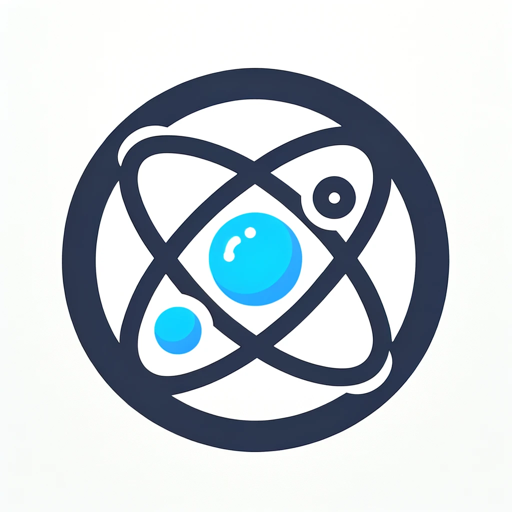
React-Native + Expo Assistant
An advanced virtual assistant specializing in React-Native and Expo. Designed to offer expert advice, troubleshoot code, and provide detailed guidance.
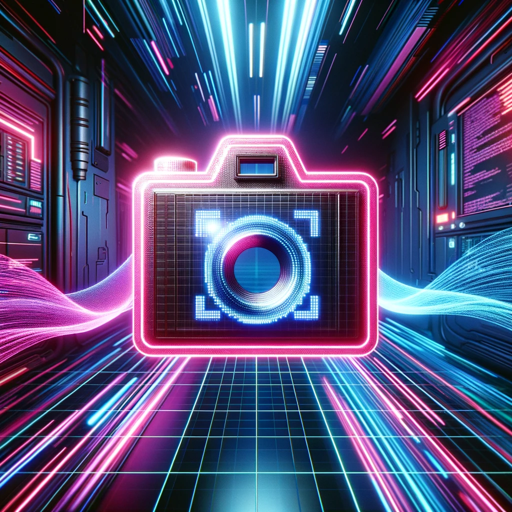
Screen Shot to Code
This simple app converts a screenshot to code (HTML/Tailwind CSS, or React or Vue or Bootstrap). Upload your image, provide any additional instructions and say "Make it real!"

React Native
⭐️ 4.2ㆍYour personal React Native + Expo assistant and code generator with a focus on responsive, beautiful, and scalable UI. Write clean code and become a much faster developer.
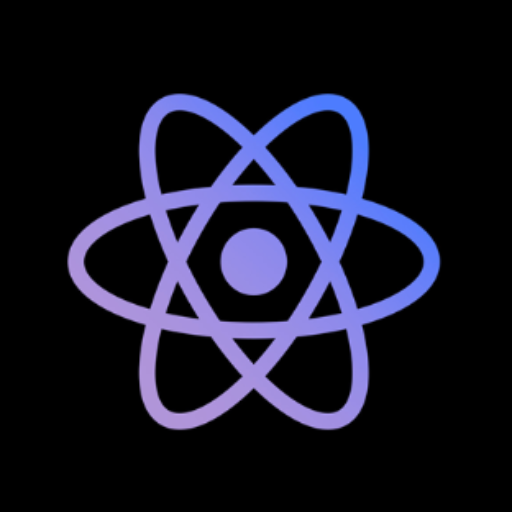
React Native Buddy
React Native and Expo expert! 📚 Buddy has all industry top good practices and standards you need for mobile development ⚡️ Best libraries insights, refactoring champion, clean & performant code 🧑💻 Send us feedback 💪

React Native
Experienced Expo & React Native programmer, teaching like a professor.
20.0 / 5 (200 votes)
Introduction to Image To React Native
Image To React Native is a specialized AI tool designed to convert user interface (UI) images into React Native components, specifically utilizing the React Native Paper component library. The primary function of this tool is to analyze a UI design, break it down into distinct elements like text fields, buttons, and icons, and generate React Native code that closely resembles the original design. The AI is particularly suited for developers and designers who work on mobile app interfaces and wish to streamline the process of transforming design mockups into functional code. For example, given an image of a login screen with input fields and a button, the tool would recognize the elements as TextInput fields and Button components from React Native Paper. The output would be structured React Native code, with imports from Paper and appropriately styled components. Image To React Native is built to avoid redundancy in styling by promoting inline styles for dynamic theming rather than hardcoding values into `StyleSheet.create({})`. This enhances flexibility in handling themes like light and dark modes. The tool also supports Material Community Icons for vector icons. A practical scenario would be converting a complex dashboard UI with multiple cards, each containing text, buttons, and icons, into React Native Card components and various Paper elements with MaterialCommunityIcons icons.

Main Functions of Image To React Native
UI Element Detection and Component Mapping
Example
When presented with an image of a form that includes text inputs, a date picker, and a submit button, the tool detects each component and maps it to the appropriate React Native Paper component (TextInput, DatePicker, and Button).
Scenario
A designer hands off a static image of a registration form. The developer uses Image To React Native to convert the form into React Native code, speeding up the process of creating the form without manual component creation from scratch.
Dynamic Styling and Theming
Example
Instead of using fixed colors in a stylesheet, the tool generates code with inline styles or dynamic props like `theme.colors.primary`, ensuring seamless adaptability to different themes (light/dark mode).
Scenario
A developer working on a mobile app that supports light and dark themes needs to ensure that the components adapt accordingly. The tool helps by providing components with dynamic theming, reducing manual adjustments for theme compatibility.
Icon Integration with MaterialCommunityIcons
Example
For a navigation bar containing icons, the tool imports `react-native-vector-icons/MaterialCommunityIcons` and integrates icons such as home, settings, and notifications directly into the generated code.
Scenario
In an image of a bottom tab navigator with icons, the tool would map the icons to their corresponding MaterialCommunityIcons components, automatically inserting the appropriate icon names into the code, saving time for the developer.
Ideal Users of Image To React Native
Mobile App Developers
Developers who frequently work on React Native applications would find Image To React Native particularly useful. These users typically receive design mockups and need to translate them into code efficiently. The tool speeds up this process by auto-generating code for common UI components, reducing manual coding time and errors.
UI/UX Designers with Basic Coding Knowledge
Designers who understand the basics of React Native or collaborate closely with development teams can use Image To React Native to quickly prototype their designs in code. This allows them to test design implementations without needing in-depth programming skills, streamlining the transition from design to development.

How to Use Image To React Native
Visit aichatonline.org for a free trial
Go to the website aichatonline.org to start using the Image To React Native tool without needing to log in or subscribe to ChatGPT Plus.
Upload your image or screenshot
Once on the platform, upload the UI design image or screenshot you want to convert into React Native components. Make sure the image is clear and captures the relevant UI elements.
Specify conversion preferences
Indicate whether you want the components to follow a specific design system, such as React Native Paper, and select any additional preferences like themes or component structure.
Generate and review code
After submitting the image, the tool will process and generate the corresponding React Native code. Review the code to ensure it matches the UI components displayed in the image.
Download or copy the generated code
You can either copy the generated code directly into your project or download it as a file for later use. Make sure to integrate it into your existing React Native project structure.
Try other advanced and practical GPTs
Native Speaker Translator
AI-Powered Enhancements for Fluent English Writing

Subject Line Hero Pro
AI-Powered Subject Lines for Better Email Engagement

✨Subject Line Expert CoLab
Crafting AI-optimized subject lines effortlessly.

Political Campaign Advisor
AI-powered strategies for winning campaigns

Political Merch Maker
AI-powered political t-shirt creator

Sir William Writes-A-lot
AI-powered, custom real estate profiles.

Sports Betting Arbitrage, +EV, Live Odds
AI-Powered Sports Betting Insights
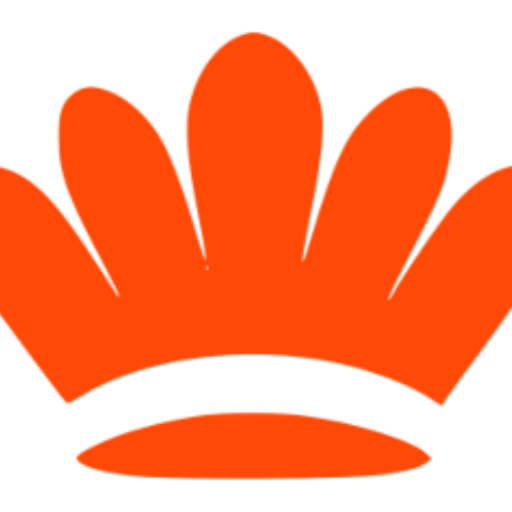
Rapid Image Generator
AI-Powered Visual Creativity

Study Enhancer. Plain Power Point to readable text
AI-powered transformation of PowerPoint content.

Parenting Partner: Evidence-Based Resources
AI-Powered Parenting Support.

Summarize it.
Efficient, AI-powered text summarization

IT Gpt
AI-powered IT solutions for everyone

- Code Generation
- Mobile Apps
- Design Automation
- UI Conversion
- React Native
Common Questions About Image To React Native
What is Image To React Native used for?
Image To React Native is used to convert UI design images or screenshots into React Native code. It helps developers quickly turn visual designs into functional mobile app components, saving time and effort during the development process.
What type of images can be uploaded?
You can upload UI design images, screenshots from design tools like Figma or Sketch, or any clear screenshot of an app interface that you want to replicate in React Native code.
Does Image To React Native support all component libraries?
Currently, the tool is optimized for converting designs to components from the React Native Paper library, but it can also handle basic React Native components like Text, View, and Button.
How accurate is the code generated?
The accuracy of the generated code depends on the clarity of the image and the complexity of the design. The tool aims to produce clean, usable React Native code, though some manual adjustments may be needed for complex layouts.
Can I customize the generated code?
Yes, after the code is generated, you can customize it according to your project needs. The tool provides a base structure that can be modified to suit specific app requirements or custom styles.